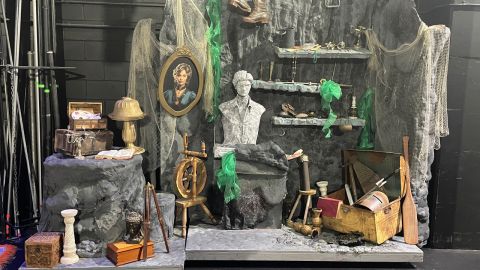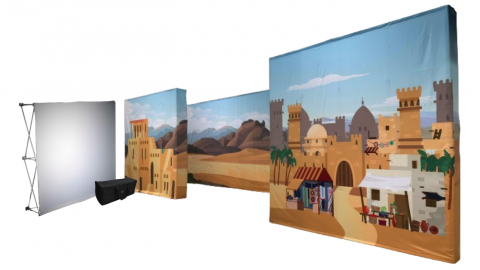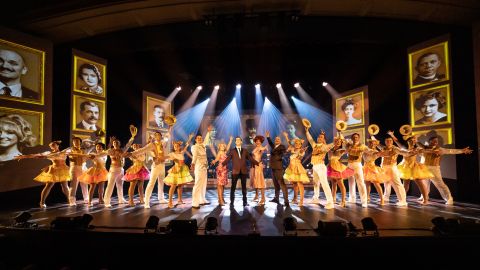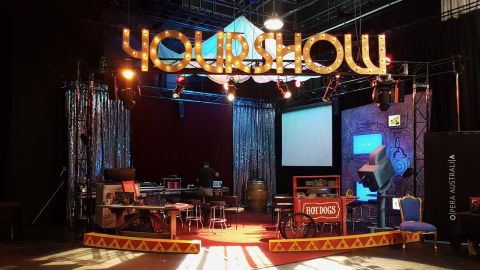From first sketch to final design
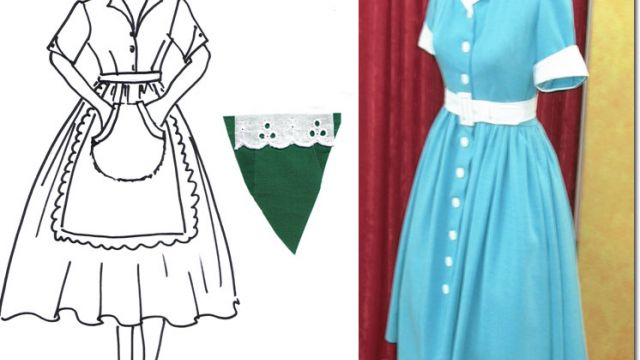
Gracie Matthews, independent costumier and owner of Dazzling Fancy Dress discusses influences that determine the final design of the costume that ends up on stage. Costuming for any show can be as easy or as tricky as you want to make it. Budget is always a big influence, but getting the directors concept right and understanding the character are most important. Having a good working relationship with the director, set/lighting designer and choreographer will make your job a lot easier to get the best look and to last the distance. First designs are based on how the character is perceived in the story line.
Colour, texture, and style should show the personality of the character. The theme should continue throughout the storyline with other costumes the character is wearing. Choreography will determine the flexibility needed and the overall wear and tear on the costume during each performance.
Once sketches are done, and a budget set, you can then fine tune the designs to fit in with choreography, staging, and any quick changes.
This last area is at times overlooked. During rehearsals, entrances and exits can change and therefore limit time for any costume changes.
This is where your technical skills for manufacturing costumes come into their own.
Patternmaking, cutting, assembly of garments, the use of zippers, hooks and bars, buttons and velcro are seriously considered for getting costumes on and off and reducing the need for assistance. When costume changes are quick, and a dresser is necessary, the ease of the garment is paramount.
Detailing on the final design can include embellishments to improve the line, intensity or dull down an over look.
So when the curtain goes up on opening night, the costumes should compliment the overall look of the show, and, with your original creative influence, be in harmony with the directors original brief. This is what is called ‘good design.’

